Australia
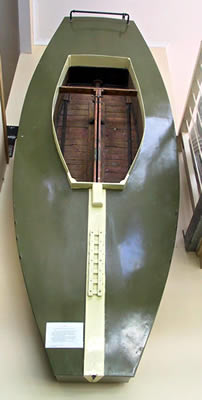
It all began in 1928 when the late Len Morris built a cat rigged (single sail) flat bottomed scow to sail on Andersons’ Inlet at Inverloch, a seaside resort, 130km from Melbourne in Australia. She was hard chined, was eleven foot long, and carried 80 sq ft in single mainsail. The craft was named “Olive” after his wife. The constuction was timber with an internal construction somewhat like Hargreave’s box kite.
“Olive’s” performance was so outstanding, that a similar boat “Whoopee” was built. Len Morris then sold “Olive”, and built another boat called “Flutterby”, and with those three boats, the Inverloch Yacht Club was formed. Restrictions for the class know as the Inverloch Eleven Foot class were then drawn up.
USA
At much the same time, 1930 in fact, the American Moth Class was started by captain Van Sant of Atlantic city. The American Moth, so it turned out, was of similar dimensions to the Australian Inverloch class. News of the American boat came to Australia in 1933 when it appeared in the American yachting magazine “Rudder”. The name for the American boat seemed appropriate, so the name of the Inverloch Eleven Class was changed to Moth Class.
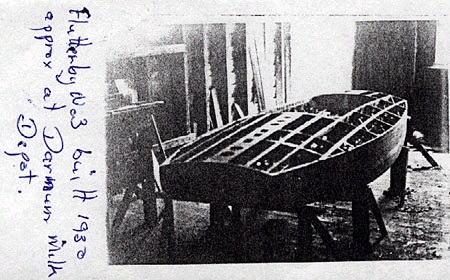
Australian Evolution
In 1936 the Victorian Moth Class Association was formed, but it was not until after WWII, that the NSW Moth Class Sailing Association was formed with foundation members coming from Seaforth Moth Club and Woolahra Sailing Club. During this time Australian Moths were using pre-bent and wing masts in the 1950s.
From 1956 to 1961 all other states formed Moth Associations and in 1962 the Australian Yachting Federation (AYF) recognised the Australian Moth class as a national class, the FIRST small boat class in Australia to be granted national status.
The King of Thailand
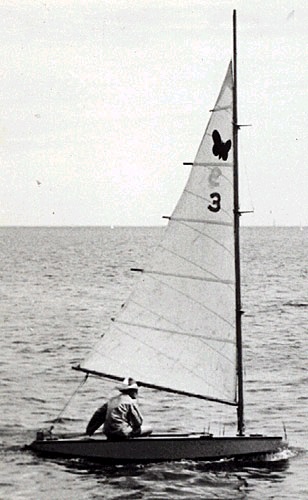
In 1966-67, King Bhumibol of Thailand was also involved in the building of three Moths and sailed them on the pond at Chitrlada Palace.
When in England, he and his entourage arrived at then secretary Bridget Quick’s Surbiton flat unannounced, to discuss his boats and arrange for him to sail with the local Moth class at Stock Exchange Thorpe sailing club.
The King raced for almost 20 years on his second moth called ‘Super Mod’ until his design and construction efforts were cut short by the ‘press of royal duties’.
Birth of the International Moth
Over much the same period as the Moth class was becoming established in Australia, the International Moth spread from the USA to England and Europe. Modifications to align both the Australian Moth and the overseas Moth were made over a period of time culminating with the establishment of the International Moth Class Association (IMCA) by the IYRU in 1972 bound by the restrictions of the class (with metric measurement conversions) operating today.
Europe, Olympic Class Offshoot
The one-design offshoot of the International Moth, now known as the Europe Dinghy, was selected as the women’s class for the Olympics. Olympic sailing team, to hone their balance skills. Marie Claud Faroux was the first woman skipper to win a World dinghy racing title – in Moths in 1967.
Hydrofoils…
From Phil Stevenson, an Australian IMCA Measurer:
Due to the polarised opinions in the class with regard to the use of hydrofoils and the expectation that some measurement disputation may occur during the Munmorah Nationals 2002, requiring adjudication by the National Measurer, I have firstly asked the National Secretary to instigate a vote or ruling from the World Association. That in turn will require endorsement from ISAF.
As such a ruling can not be organised or decided this year the best I can do is study the existing rules and make an interpretation based on a considered analysis, which I will use in deciding measurement disputes if they arise at the Nationals.
The following contains that analysis and my interpretations. It will be issued with the NoR for the Nationals so that all Moth sailors intending to sail will know what interpretations will be applied if I am needed to adjudicate in any measurement dispute…Phil Stevenson, 28/9/2001
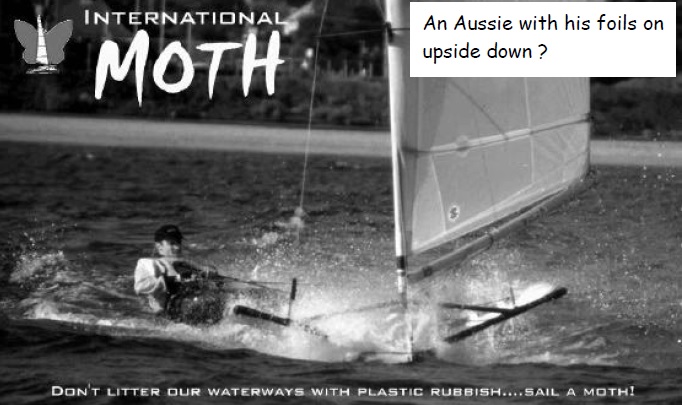
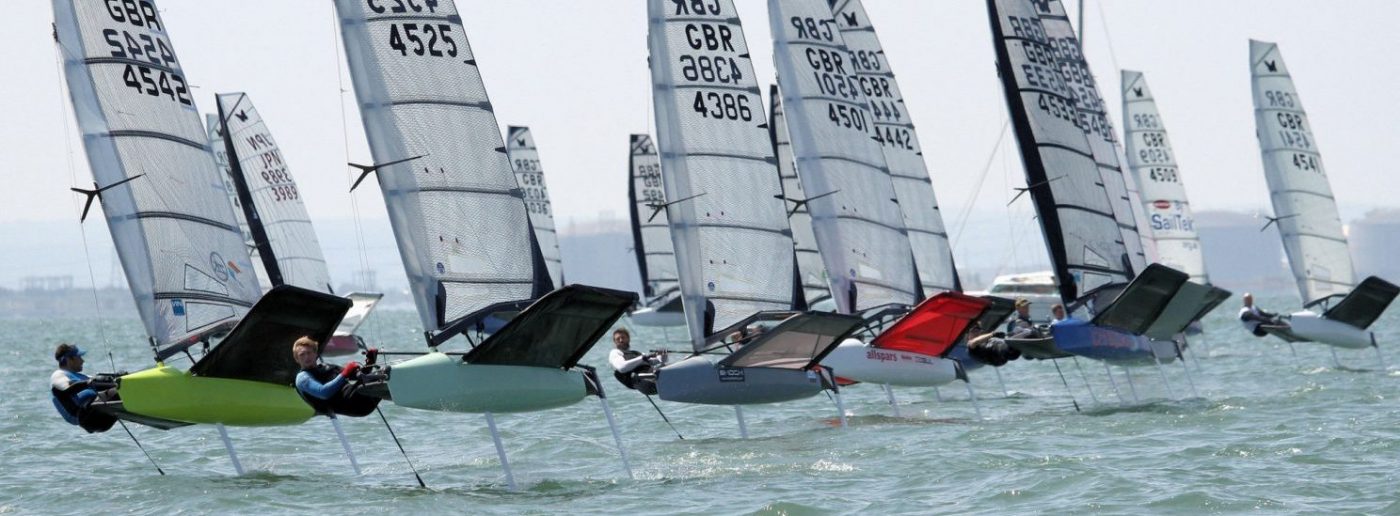
May I correct your article about King Bhumibol? He was in fact the king of Thailand; Siam ceased to exist and became Thailand well before the sixties. In fact he and his entourage arrived at secretary Bridget Quick’s Surbiton flat unannounced, to discuss his boats and arrange for him to sail with the local Moth class at Stock Exchange Thorpe sailing club.
May I ask what is going to happen to the photos and records from the pre-foiling days? It would be good to be able to access them again.
Mervyn
Hi Mervyn, you most certainly may!
I’ve amended the article, added your anecdote about him arriving unannounced to sail and a link to the Wikipedia article about King Bhumibol. It must have been him. The Wikipedia article states that he’s the World’s longest reigning monarch, having reigned since 1946. He sounds like a very interesting chap. The History Channel has recently published a documentary about him titled “King Bhumibol of Thailand: The People’s King”.
As for the photos and records from the pre-foiling days, I’m slowly going through the IMCA UK archives and trying to publish as much of the stuff on the site as I can. The IMCA UK Yearbooks http://www.internationalmoth.co.uk/imca_uk/yearbooks/ are a goldmine of pre-foiling information. In fact “my” article about the Moth class history was taken virtually word for word from the 2002 Yearbook, which unfortunately is slightly too large for me to upload (I’ve got an 8Mb limit).
If you have any additional photos, records, articles, corrections, etc. about the Moth class I’d love to publish it. I got into the class because the foiling boats are, quite simply, amazing. However, on taking on this role, I now appreciate that the class has a much richer and more interesting history than mere foiling! I would love to make it available to a wider audience.
Thanks
Ken